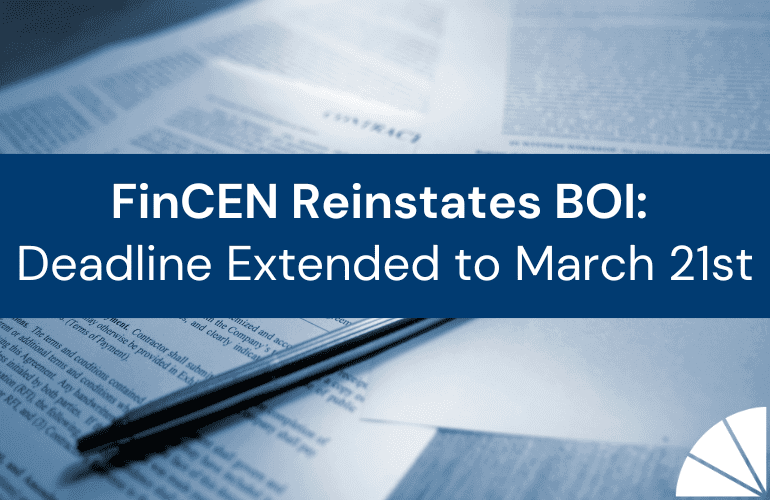
Picture this: you’ve just fulfilled your lifelong dream of opening a restaurant. You’ve spent countless hours perfecting your menu, designing the ambiance, and training your staff. But have you considered the importance of implementing a reliable accounting system? While it may not be the most exciting aspect of owning a restaurant, it’s an essential ingredient to ensure the long-term success of your business. With a trustworthy system in place, you can focus on creating an unforgettable dining experience for your customers while keeping your finances in check.
Here are the top seven ways for a restaurant to establish excellent and reliable accounting practices:
1. Select a good point-of-sale (POS) system. While there are a number of POS systems available, choosing the best one for your restaurant depends on price, ease of use, and customer support. Beyond those general requirements, it’s important to ask some key questions, such as:
- Is the POS compatible with my accounting software?
- Can the POS batch and send daily credit card sales to the bank?
- Does the POS post daily sales to my financial software?
- Does the POS have a built-in timekeeping module?
- Are the reports customizable?
- Does the POS give me the data I need to run my restaurant?
2. Record daily gross sales. While you will likely run management reports weekly, it is important to record your daily gross sales. This will help you make management decisions in real-time and quickly spot any errors as well as when they might have occurred. The daily gross sales record is also helpful in running the business. For example, it can shed light on any discrepancies between sales and bank deposits to detect theft potentially, account for meals tax liability, and track gift cards sold vs. redeemed.
3. Track third-party apps. Beyond recording daily gross sales, restaurant owners should track the gross revenue generated and the fees incurred by third-party apps such as Uber Eats and DoorDash. This information will help you determine whether paying for and using these services adds value to the business.
4. Record all expenses. Posting expenses when they are incurred instead of when they are paid allows a restaurant owner to accurately track the costs of goods sold (COGS) and overhead expenses and will allow you to adjust quickly and implement cost saving measures. Understanding expenses in real-time also provides a more accurate financial picture which will allow you to measure Key Performance Indicators (KPIs).
5. Track the three most important key performance indicators (KPIs): Gross margin, prime cost, and breakeven point. These three metrics give a snapshot of the business that allows you to make overall management decisions. For example, the ability to raise menu prices as your operating costs increase, rather than waiting until the end of the year when you meet with your tax preparer, could potentially prevent you from operating at a loss.
- Gross Margin measures your gross profit compared to your revenue as a percentage and can alert you to unusually high labor or food costs.
- Prime Cost is the total of your COGS and total labor costs and should be reviewed weekly to keep close tabs on margins and make adjustments in real-time, if needed, to stay profitable.
- Break Even Point is that point in time when total costs and total revenue are equal.
6. Take Inventory on a regular basis. In most cases, a restaurant can track its inventory monthly and have accurate financials. However, the timing and the process for inventory can vary dramatically, depending on how large the restaurant is, whether items are scarce, or any other relevant issues. For example, a smaller establishment may want to weigh the costs and benefits of tracking inventory each month. If the business’s KPIs are in line and an inventory would be too resource-intensive, a physical inventory at year end might suffice. On the other hand, if you have a very large restaurant, you may want to consider implementing an inventory tracking and ordering system to help forecast demand and avoid overstocking supplies.
7. Find a knowledgeable and experienced partner. Opening a new restaurant is a huge commitment that requires active, hands-on management every day. Working with a strong accountant – either in-house or outsourced – can help you focus on the restaurant side of the business with the confidence that the financial side is in good hands.
If you choose to work with an outsourced accountant, choose a person or firm that has hospitality industry experience. Knowing the industry will allow your accountant to take a holistic approach to help you manage the restaurant’s financials rather than just ‘crunching the numbers
LGA has decades of experience working with restaurant owners to open or help manage their businesses. Our deep understanding of the industry as well as our expertise in tax laws and accounting practices, means we can help you with the accounting details of your restaurant, so you can focus on creating meals that keep people coming back. Contact me if you have any questions about getting started with accounting for your restaurant.
Christine Howard joined LGA in 2021 as a Manager on the Outsourced Management Accounting team. She has 20 years of experience working with owner-managed businesses in various industries. Christine is passionate about helping owners focus on growing their business by providing accurate and timely financial information, suggesting and implementing process improvements, and providing guidance to internal accounting staff.






